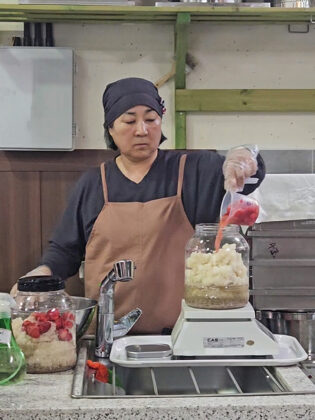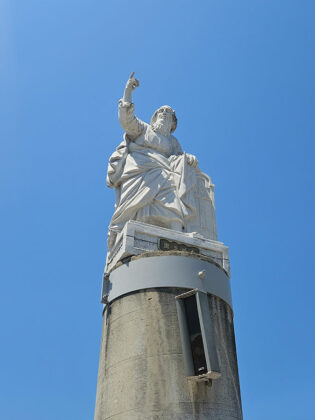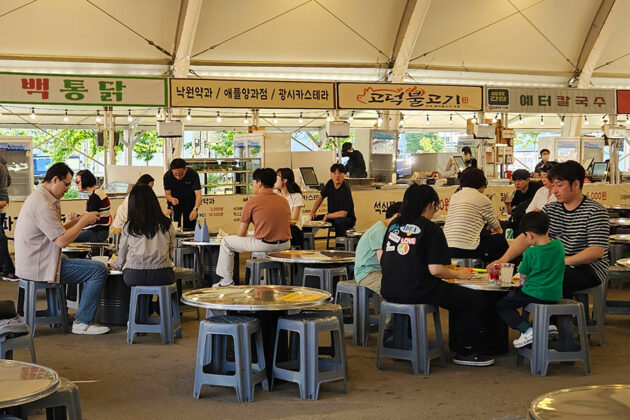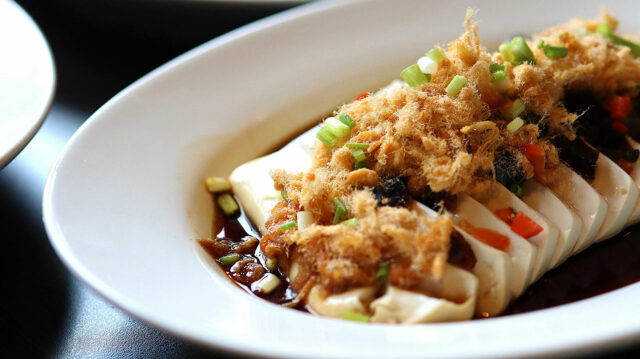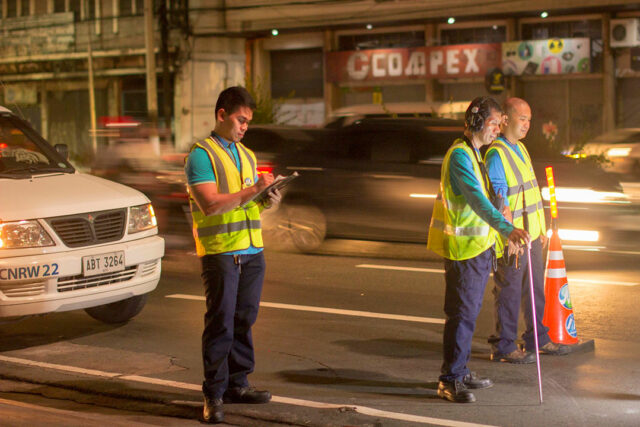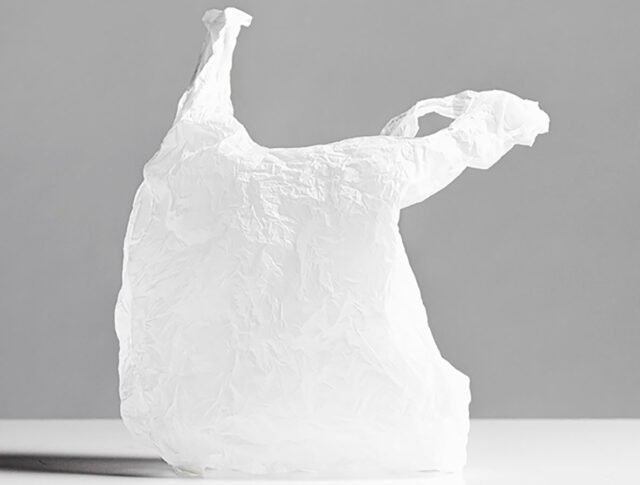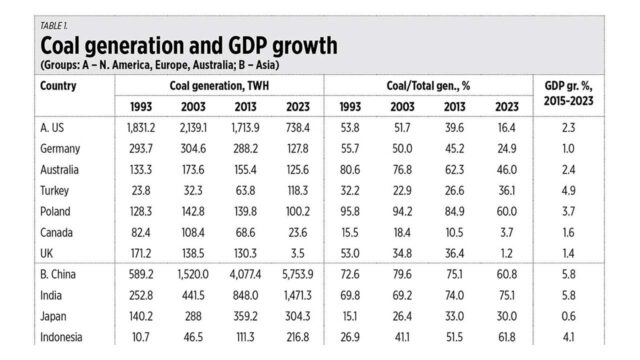The charm of Chungcheong
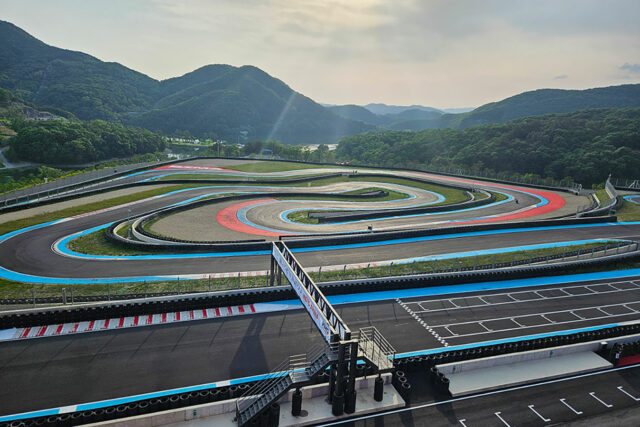
Text and photos by Chelsea Visto
CHUNGCHEONG is brimming with cultural heritage, marvelous landscapes, and bountiful agriculture, so it is unfortunate that it has remained under the foreign tourists’ radar — at least until now.
The province of Chungcheong, which is in southwestern Korea, is now easily accessible to visitors via a Korean budget airline offering direct flights from Manila to Chungcheong’s northern capital of Cheongju.
Carrier Aero-K added the Ninoy Aquino International Airport as a hub for Cheongju flights starting last May but has kept the direct flights from Clark in Pampanga where it has been flying from since November 2023. These gateways translate to more choices for K-culture enthusiasts to experience life in the Korean countryside.
Jeungpyeong County Governor Lee Jae Young could not be more ecstatic about this latest development.
“A lot of Filipinos visit Korea… and with the Cheongju International Airport (as an entry point), it is easier to come and enjoy the Korean culture,” he said, encouraging more Pinoys to opt for the less conventional regional destination.
For those putting together their next Korea escapade, here are six activities worth including in a Chungcheong tour bucket list.
1. GO KART RACING AT THE BELLE FORET INTERNATIONAL MOTO ARENA
Korea’s premier karting circuit awaits thrill-seeking tourists of North Chungcheong.
The Belle Foret International Moto Arena runs a 1.5-kilometer racetrack that simulates the Formula 1 (F1) circuit. Complete with shifter karts, gloves, and helmets, open-wheel racing in Jeungpyeong is definitely a must-try activity.
Beginners with no prior driving experience need not fret. The arena staff offer a comprehensive walkthrough of the circuit and a quick go-kart briefing before the driver-tourist takes the wheel. There are no speed limits on the course — only 15 minutes of excitement, especially for skilled drivers who can hit the gas up to 133 kilometers per hour.
Unlike F1 stadiums that are surrounded by rambunctious crowds, the relatively quiet Belle Foret circuit instead has a fascinating view of the Jeungpyeong mountains. My best memory was the adrenaline rush brought by the speeding go-kart as the chilly breeze tickled my skin.
One-seater karts can be rented for 38,000 Korean won (KRW) (P1,650), while twin-seaters are available for 48,000 KRW (P2,030).
The Moto Arena is only one of the several attractions at the Belle Foret Resort, which is an immense complex that also features an 18-hole golf course, a wilderness eco reserve, and a four-season sledding rink.
2. MAKE MAKGEOLLI AT JANG HEE DO
Traditional rice wine is a staple in Korean homes and restaurants. While typically enjoyed on rainy days with jeon (Korean pancakes), this mild booze blends well with any dish on any day.
Fermented rice wine makgeolli is one of the country’s oldest liquors, characterized by its distinct sparkling milky color and viscous, chalky texture. It has a low alcohol concentration and a slightly sweet aftertaste, unlike most Korean drinks in the market, including their signature soju.
Although this beverage is conveniently available in community stores and upscale supermarkets, many Korean families believe that homemade makgeolli still wins over its commercial counterpart. Homebrewing is a tradition in households, and the art of making makgeolli, in particular, dates back over 2,000 years.
Dropping by Jang Hee Do definitely makes the Chungcheong trip memorable, especially for liquor connoisseurs. The small neighborhood brewery not only sells traditional rice wine but also conducts informal classes on making makgeolli.
Guests may take a one-hour workshop to learn the intricacies of makgeolli fermentation, with the participant assisted in making the rice wine with the mix of sugar, water, rice, yeast, and strawberries.
The quaint brewery refrigerates and ferments the makgeolli mixture for up to 10 days, after which it can be claimed for consumption.
“When consumed in moderation, makgeolli can aid blood circulation and (improve) digestion,” Jang Hee Do co-founder Kim Ju Hee told BusinessWorld.
Unfortunately for foreigners on short stays and departing before the 10-day window, they cannot claim their personally made makgeolli at the end of the workshop. The unfermented mixture is not allowed on the plane due to risks of corrosion. But ready-to-drink rice wine is available for sale at the brewery.
3. CELEBRATE KOREAN CATHOLIC HISTORY AT THE SOLMOE SHRINE AND YEOSAUL
In the Naepo area of North Chungcheong lies holy ground where early Catholicism thrived in Korea. Visited by Pope Francis in 2014, these sacred sites could be meaningful tour stops for devout Catholics.
The Solmoe Shrine marks the birthplace of Korea’s first ordained priest and first canonized saint, Andrew Kim Daegeon, who staunchly advocated for religious freedom and inspired generations of Korean Catholic leaders. A statue, memorial hall, and even the house of St. Andrew can be found at the pilgrimage site.
At the heart of Solmoe is a church with modern architecture and intricately designed stained glass windows typical. Masses are conducted in Korean, but foreign tourists are free to sit in and join the Eucharistic celebration.
Exquisite stone sculptures of Catholic figures and events are spread throughout the walking trails. Among them are tall effigies of the 12 disciples, and statues depicting the Stations of the Cross, which recount the final moments in Christ’s life.
The Korean word “solmoe” means “little hill with a pine forest.” True to its name, the shrine and its surrounding park boast of a considerable collection of these evergreens.
Yeosaul similarly celebrates the legacy of religious leaders who were instrumental in propagating Catholicism on the Korean peninsula. Only a short drive from Solmoe, this church has portraits of Korean martyrs and the early Catholic records of the country, which have been pristinely preserved.
4. FEEL AT HOME AT THE FORMER PRESIDENTIAL VILLA CHEONGNAMDAE
Built in 1983, Cheongnamdae served as the private villa of Korean presidents before it was opened to the public in 2003. The luxurious villa is set in a 1.8 square kilometers area which offers a variety of amenities and attractions apart from the president’s home — a golf range, a fishpond, a helipad, hiking trails, and a theater where some of the biggest Korean entertainers have performed.
The main feature of Cheongnamdae is the President Memorial Hall, which is a museum exhibiting personal items of the five Korean chief executives who stayed at the villa — ranging from toiletries to cassette players, sports equipment to books, to journals and other literature published during their presidencies.
For an admission fee of 2,000 KRW (P80) to 5,000 KRW (P210), visitors can catch a glimpse of the posh lifestyle of Korean leaders outside the Blue House, the traditional presidential residence at the heart of Seoul.
Due to stringent security, not much was known about the villa before it was opened to the public over two decades ago. Now, it has become an essential stop on field trip itineraries for Korean students. That it was the setting for Korean dramas like Becoming a Billionaire, Baker King Kim Tak-gu, and Age of Heroes also helped propel its popularity among the locals.
5. STRIKE POSES AT THE HAEMIEUPSEONG FORTRESS
The 600-year-old Haemieupseong is among the best recognized historical sites in Korea. Its five-meter stone walls surround a castle, installation art depicting traditional Korean life, and a vast swathe of greenery, all of which are perfect backdrops for Instagram photos.
Built in the 1400s, the Fortress witnessed many significant events in the country’s history, including the Donghak Rebellion where peasants revolted against oppressive laws, and a massacre that wiped out thousands of Catholic faithful.
Prison cells and ancient artillery are on displayed as a reminder of the persecution that Catholics endured.
Despite its grim past, Haemieupseong now stands as one of the best places in North Chungcheong for leisurely activities. Locals who swing by the Fortress usually take a relaxing stroll along the walkways while some use it as picnic grounds. There are nearby cafés for a quick bite or a much-needed caffeine boost.
6. FEAST ON FLAVORFUL LOCAL TREATS
Chungcheong is also teeming with local goodies that can be had in between heritage sites.
Miikflo is one of the best dessert places in Yesan, a county in South Chungcheong. The small stall may be a challenge to locate among the crowded stores at Yesan Market, but its delectable delights are well worth the search.
The franchise mainly serves kaymak, a sweet and tangy dairy-based dessert. The mochi bundle has assorted flavors and, although best consumed frozen, it is an excellent post-meal treat even in cold weather.
Meanwhile, Hakcheon Bulgogi was a public bathhouse and used to be called “Hakcheontang” before it was renovated into a restaurant. It has maintained some of the original sauna architecture, hence the exposed pipes, faucets, and sinks which are part of its unique interior.
The restaurant’s specialty, as its name suggests, is beef bulgogi served on a cast iron grill, drizzled with flavorful spicy sauce.
Chungcheong is a fine example of a province that has substantially invested in infrastructure, site development, and sustained marketing campaigns through, among others, the Korea Tourism Organization and Airmark Travel. Its efforts have slowly borne fruit with travelers bitten by its charm, generously sharing its splendor by word of mouth.


